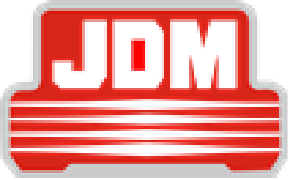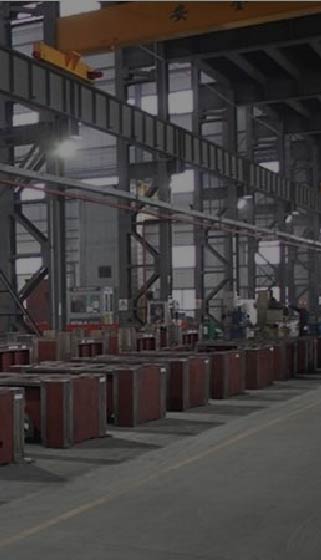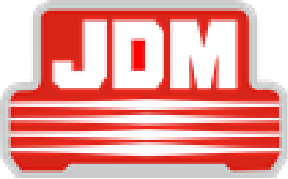








You may be wondering: Are stamping and forming machines the same thing? This is a common question because people often use the terms "pressing" and "stamping" interchangeably. While a stamping press is technically a forming press, it specifically involves shaping a piece of metal by pressing it between dies. "Forming" is a general term for a variety of metal presses, with slightly different machines.
Automated power presses are one of the most important mechanical tools for metal forming and are an important instrument for efficient production. The demand for automated power presses is growing in the market and the technology is constantly evolving and improving. Today we will discuss the workflow and characteristics of automated forming presses.
Power press automation refers to automated press operation. Press operation is a cold working process used for high volume production applications. Since it is a cold working process, the material of the workpiece is usually a ductile material such as mild steel. The press applies force to the workpiece through a die (or mold) to form the desired configuration.
In traditional pressing operations, almost every step in the process is performed manually by the operator. With the invention of automated systems, the pressing process has been controlled by computers themselves, thus increasing productivity. Manual presses are replaced by hydraulic presses, and the feeding of the workpiece is done by CNC or NC feeders.
There are many metal forming operations that offer cost-effective manufacturing processes through the use of high tonnage presses. Forming presses can be configured with a range of tools to form finished parts, whether the shape is simple or requires a combination of operations.
The following is a brief description of some of the different metal forming processes and how components are formed.
Bending - Folding along a single axis to form a specific angle
Undermolding - Stamping out a flat shape to produce 2D pieces for further processing
Embossing - High pressure stamping that compresses metal into a patterned shape
Deep Drawing - Stretching metal to a depth that exceeds its diameter
Embossing - Pressing a shallow depression into the metal to create a raised/depressed design
Flanging - Folding along curved edges and forming flanges or flares
Crimping - Folding the edge back and up to make the edge stronger
Stamping - Cutting pieces of metal out of parts that can then be recycled
Rolling - Passing metal through a roll to bend or flatten it
Stamping - Pressing a sheet of metal between a punch and a die to stamp out a shape
Turning: Rotating metal tubes or discs and cutting parts as they rotate
In addition to this, there are many more pressing functions. Each of these types may require different machinery, mechanical power (flywheel), hydraulic power (pressurized fluid), mechanical servo (fast motor) or CNC automation.
Power presses can perform stamping, hammering, punching, etc. To perform the operation, the machine has a support or bed and a plunger. The punch or die is divided into two halves: one on the bed and the other on the plunger. While the workpiece is fixed on the lower half of the die on the base, the ram with the upper half of the die descends vertically from the top of the press and engages the base. Once the bed and plunger are in full contact with each other, the two die halves merge into one and reshape the workpiece.
In most cases, the movement of the machine's upper arm is only vertically up and down. The upper ram is one of the moving parts of the machine, and the ram that feeds the workpiece is usually fixed. However, in a power press automation system there can be swing rams to make the feeding of the workpiece or the changing of the dies easier.
In a manual press operation, the press is driven by a technician pulling a crank to drive a screw to move the ram. In press operation, however, the movement of the plunger is controlled by a power system. The power system on a power press can be hydraulic, electric or some other form of power supply mechanism. Hydraulic presses can be very powerful, while electric systems tend to respond more quickly to automatic control units.
Regardless of the power system, presses are primarily used for operations such as sheet metal bending, punching, piercing, metal work forging or metal extrusion. Sheet metal bending is the operation of bending a sheet metal to a certain angle. In such an operation, there is a toothed die on the ram and a rail-like slot in the bed. For metal workpiece forging or metal extrusion, there will be upper and lower dies on the press to form mild steel. Through the stamping process, patterns can be left on the metal workpiece.
CNC forming uses computer numerical control to automate bending, stamping, punching, or any other press function. Computer software converts your component model into digital code, which then guides the machine and its tools to create the shape. Dimensions and angles are accurately measured to a fraction of a millimeter for fast accuracy.
As with non-CNC forming presses, CNC machines will have a turret that drives down to the bed where the raw metal is placed. Custom shearing or punching tools can be used, or punches and dies can be used to form components with multiple bends or notches without having to manually realign the machine. This greatly speeds up the process and reduces production costs.
Cost-effectiveness of CNC power presses
CNC machining is often the most practical option when a combination of molding processes is required to create a component design. However, since this can be more expensive than other types of machining, it is only worth the investment for larger production runs with shorter lead times.
In conventional press operation, the feeding of the workpiece, the changing of the dies and the movement of the rams are all manual. The disadvantage of manual operation is that the process takes too much time to complete. Automation systems in press operation are designed to reduce the time required to complete the operation, as is the case with power press systems. By applying automation systems, press operations can be performed more efficiently.
First of all, the feeding of components in operation is completely different when it comes to power press automation. Components are not fed in a straight line; instead, in an automated press operation, the feed is more like a cycle. Circular loops are either cradle or reel type. Cradle feed is used for thicker sheets and reel feed is used for thinner sheets.
The sheet will be straightened and flattened by means of rolls before being processed by the press. The rolls are powered and are part of the power press automation system. After the sheets are straightened, they are fed to the press for processing. The automation system is important in the process because it monitors the process and detects possible errors or mistakes. In the event of an error, the system temporarily stops operation until the situation is cleared.
The basic requirements for an automatic straightening machine are precision, robustness, rigidity and ease of maintenance. Since the machine is used to straighten sheet metal, it must withstand the tension and resistance generated when processing the sheet. In addition, the performance of the straightening machine must remain stable during mass production operations without excessive maintenance.
As a key component in the metalworking process, the press must be powerful enough to perform metalworking operations such as stamping, punching, bending or positioning. The two most common types of power are mechanical and hydraulic. Of the two, mechanical presses are used more frequently in industrial applications. Although mechanical presses seem to be more popular, the choice of power system depends largely on the metalworking operation involved.
Presses are automated and make it more cost effective to create large quantities of parts or complex processes because they run faster. As the process improves, CNC power presses are becoming more widely used and they are less expensive in the long run.
Forming presses are key equipment for producing high precision metal parts. From more traditional forming presses with simple yet effective functions to custom-built specialized forming tools, such machines are a key part of the manufacturing process.
With years of experience in producing parts for a wide range of industries and metal forming machinery, JDM can provide the ideal solution to meet your manufacturing needs. No matter how challenging, we can complete a range of forming applications and help you determine the best method for your component shape, material, budget and lead time.
Feel free to contact us or view our products.
Read more:
Top 10 High Speed Press Manufacturers in China
What is the speed per minute of the precision high-speed punch?






